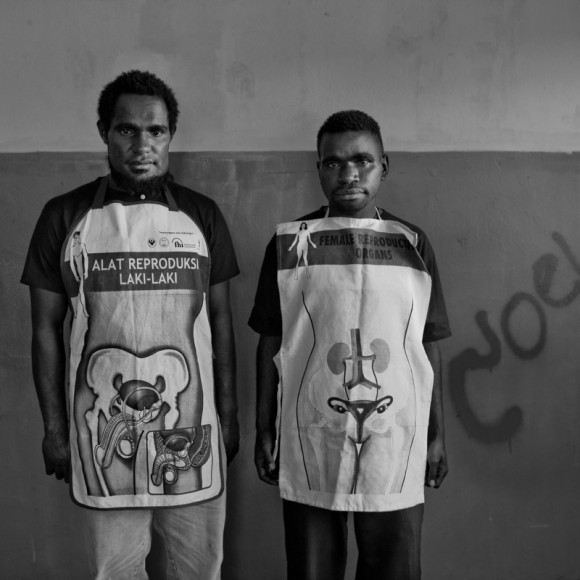
Against All Odds © Andri Tambunan
Indonesian photographer Andri Tambunan has finally completed his long term project Against All Odds, a documentary report on the AIDS epidermic in Papua. The project recieved the inaugural Reminders Project Asian Photographers Grant and will be exhibited at the Angkor Photo Festival in December. In this series of articles, we invite Andri to share with us his experience and process pursuing his first long term project.
How did you go about deciding the angle – what, where, who? Was it an open brief or did you know exactly what you wanted?
Before starting out, I conducted an extensive research for many months. I chose to focus my project on some of the reasons that indigenous Papuans are getting HIV, including limited economic opportunities, lack of HIV/AIDS education and awareness, limited access to health services, inadequate support, and stigma. Using these “themes” as my starting points I envisioned the kinds of photos that would be best to illustrate them. I also brainstormed possible situations, places, and people that I need to have access to as well as potential obstacles I might encounter along the way. One of my goals was also to go beyond the “clinical” type of photographs. I wanted to shows how indigenous Papuans facing and living with HIV/AIDS try and come to terms with their situation and to document their struggles and resiliency. To me depicting the human dimension to this crisis is the most important aspect of this project.
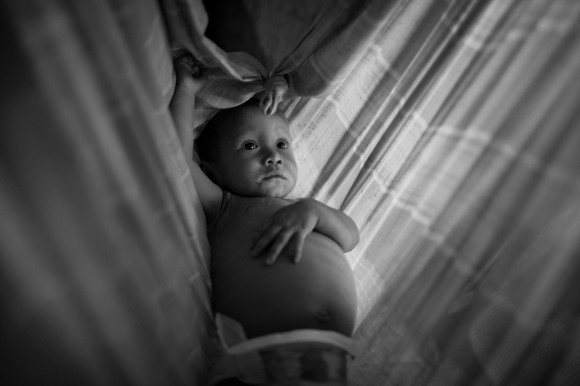
Against All Odds © Andri Tambunan
Tell us about access – the what, who, hows…
Having access is key and it was the most challenging task to overcome. Papua is a volatile region and is restricted to foreign journalists. Having an Indonesian background and fluency of the language definitely gave me a significant advantage. But despite everything, I was still an outsider and a non-Papuan. To gain access I established relationships with local advocates from various NGOs, community support groups, doctors, counselors, church leaders, village elders, and activists. When I met them for the first time, I explained my project and its objectives. Many of them were surprised that I traveled thousands of miles specifically to document the epidemic. Over tea or coffee I listened to their stories and experiences. At times I assisted them on the field and gave them a crash course on using the camera and editing. HIV/AIDS is still a sensitive issue due to stigma. In Papua, this disease has a negative connotation since it is associated with dishonor and death. But everywhere I went, I was introduced as a friend and they vouched for me, which gave me a way into people’s homes, hospital rooms, shelters, and intimate moments. Access equals trust and it must be earned.
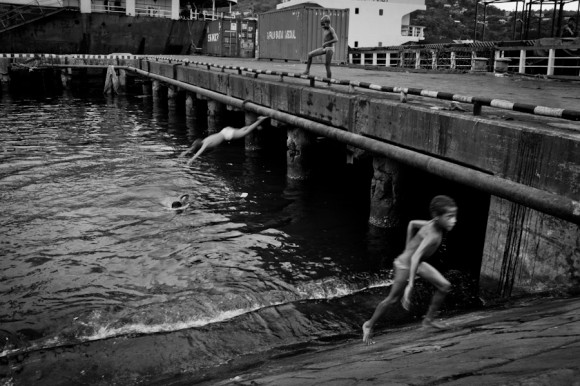
Against All Odds © Andri Tambunan
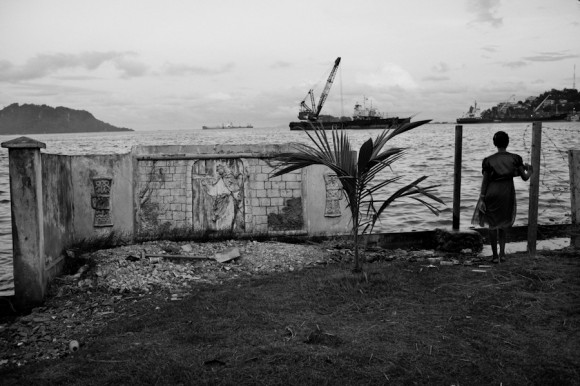
Against All Odds © Andri Tambunan
Did you consult with anyone throughout the process, or was it pretty much a lonely, solo affair?
Of course, I consulted with many people throughout various phases of this project and I couldn’t have done this without their help. Working on this type of project, it was easy to get tunnel vision or went overboard and bit more than I could chew. But for the most part, I took the initiative to reach out to them and had already done all the legwork before asking for their inputs or advice.
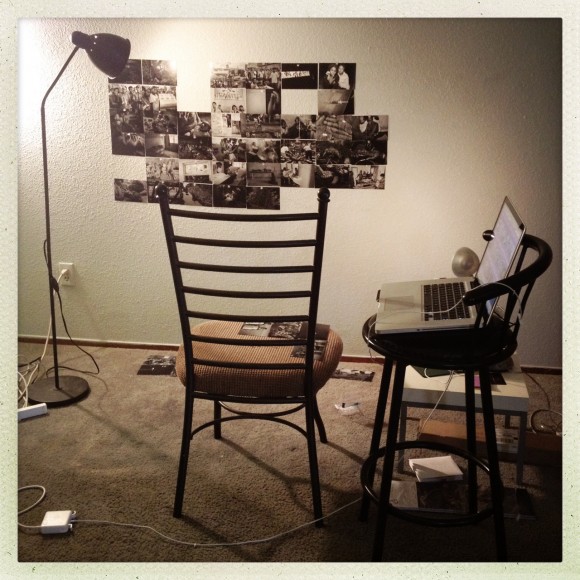
© Andri Tambunan
Tell us about the editing process, narrowing thousands of images into a final essay of concise photographs.
My editing process begins with my workflow. At the end of each day I transferred the photos/videos that I shot with my digital camera to my laptop for viewing and to two external hard drives for backup. These photographs/videos are then separated into distinct folders with a short descriptive label so it would be easier to locate in the future. Then, I captioned my photographs (transferred notes from my notepad to the metadata) using Photomechanic (http://www.camerabits.com) and color-coded stronger photos and mediocre ones. I would also do a quick edit of the superior photos using Lightroom, changing them to BW and adjusting the contrast and value to get a glimpse of the final image. This routine helps me manage thousands of photographs. Also, by reviewing my take everyday, I am able to learn from my mistakes, change my approach if necessary, and track my progress. Of course, this is not possible when shooting film. I shot about 50 rolls of films during this project. I labeled each rolls appropriately and wrote down specific information and incidents that took place on my notepad. And after developing and scanning my negatives, (I used Epson V700 with Silverfast AI for scanning) I repeat the same process.
Once I had all my images in my laptop, I gathered the superior photos from each folder and conducted another sweep. I compared two superior photos side-by-side and selected only the best one. Then I put these best of the best superior photos into new folders separated by distinct themes such as stigma, education, economy, portraits, hospitals, etc. These photographs became the backbone to the project. To narrow down the photos even more within a particular theme, I made another sweep and selected the best of the best of the best. At the end of this process, what I had is a working set that I used to put the final photo essay together. This was an immense task and throughout this process I consulted Mike Davis, a former National Geographic editor who is now a freelance picture editor.
[vimeo clip_id=”45813086″ height=”” width=”600″]After narrowing down my selection to around 60 photos, I printed them to 5×7 inches and put them up on the wall for sequencing. I prefer handling with physical prints during this phase because this was the part where I determined the visual narration of the photo essay. The best time to work for me was usually between 11pm-3am where the night was winding down and I didn’t have other matters to attend to. I usually opened a bottle of cheap wine and stopped working when the bottle and glass were both empty. I also took time off when I felt like it and didn’t look at the wall for days because I didn’t want to feel rushed. And this went on for weeks. The editing process is a long process. There is no shortcut and it is done when you are finished.
“If you cannot edit your own work, you basically are admitting that you are unsure of what you are doing as a photographer, because your vision, the story you want to tell, is not clear to you. Of course, editing is difficult; but it is a fundamental part of shooting, of storytelling, and you cannot responsibly disavow your obligation to perform this final stage of the act of creating imagery. It is, in a sense, the second decisive moment in the process.” (Jon Anderson)
Check out Andri’s ‘Against All Odds’ Tumblr blog for more: http://againstalloddsinpapua.tumblr.com/
Read Part Six: Pt 6: Distribution, Audience & Final Advice
Read Part Four: Pt 4: A Matter of Balance & Management
Read Part Three: Pt 3: Budgeting & Anticipating Worst-case Scenarios
Read Part Two: Pt 2: Connecting with Subjects and Equipment Checklist
Read Part One: Pt 1: Andri Tambunan, Against All Odds
Share

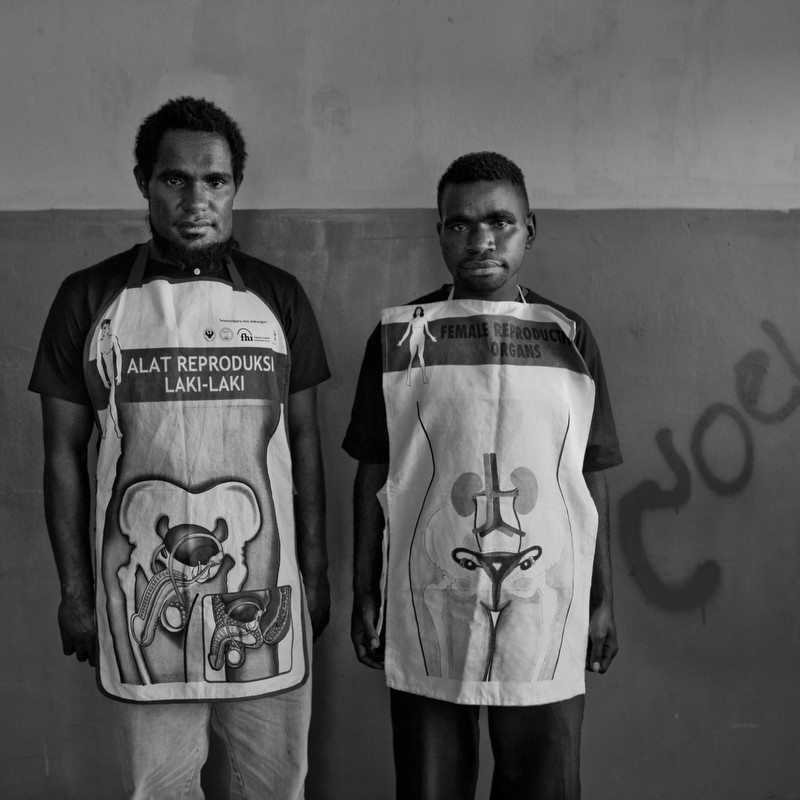
Comments 10
"Having access is key and it was the most challenging task to overcome." Working on Long Term Projects Part 5.http://t.co/3iglPe9G
"Having access is key and it was the most challenging task to overcome." Working on Long Term Projects Part 5…. http://t.co/mWzDdPB2
"Having access is key and it was the most challenging task to overcome." Working on Long Term Projects Part 5…. http://t.co/mWzDdPB2
Latest Post: Working on Long Term Projects Pt 5: Access, Story Angle & Editing. #ipaphotoasia http://t.co/UAVhFfpe
RT @InvisPhotogAsia: Latest Post: Working on Long Term Projects Pt 5: Access, Story Angle & Editing. #ipaphotoasia http://t.co/3pCH7P3x
Working on Long Term Projects Pt 5: Access, Story Angle & Editing http://t.co/gklFWjqc
Working on Long Term Projects Pt 5: Access, Story Angle & Editing http://t.co/6cGnISfI #photojournalism
Working on Long Term Projects Pt 5: Access, Story Angle & Editing http://t.co/6cGnISfI #photojournalism
Latest Post: Working on Long Term Projects Pt 5: Access, Story Angle & Editing. #ipaphotoasia http://t.co/UAVhFfpe
Latest Post: Working on Long Term Projects Pt 5: Access, Story Angle & Editing. #ipaphotoasia http://t.co/If85Kv3A